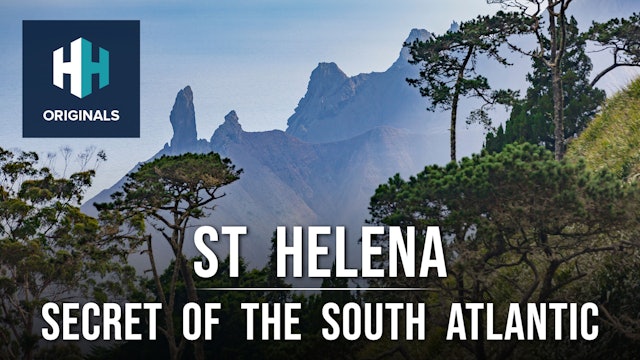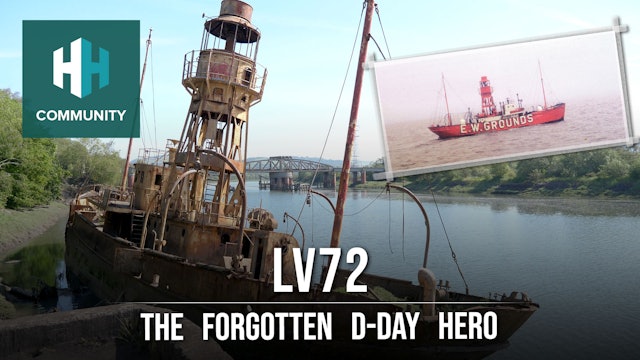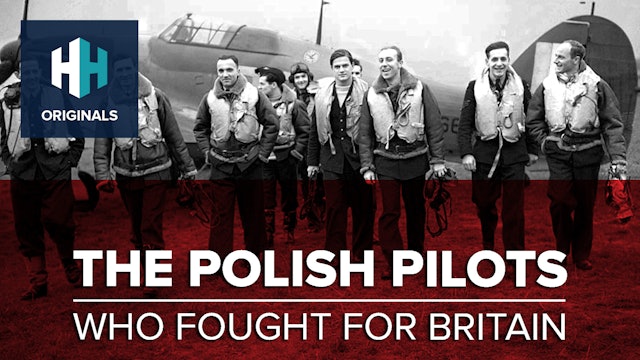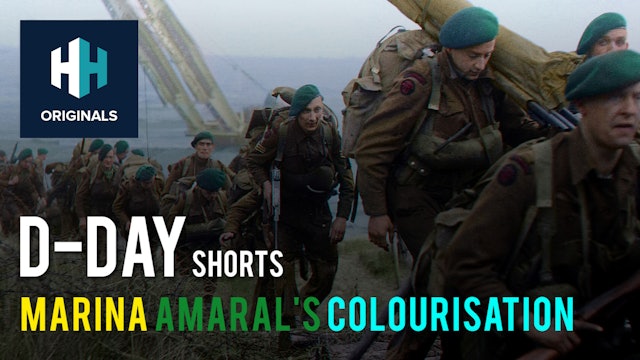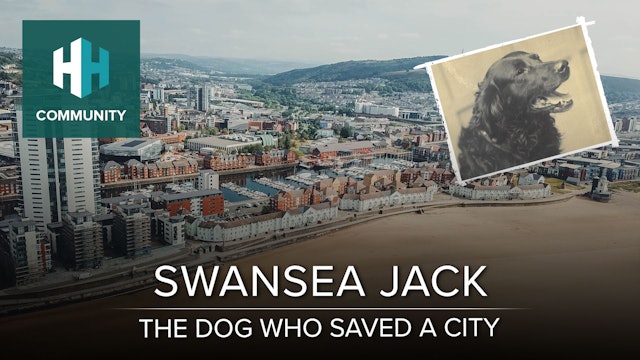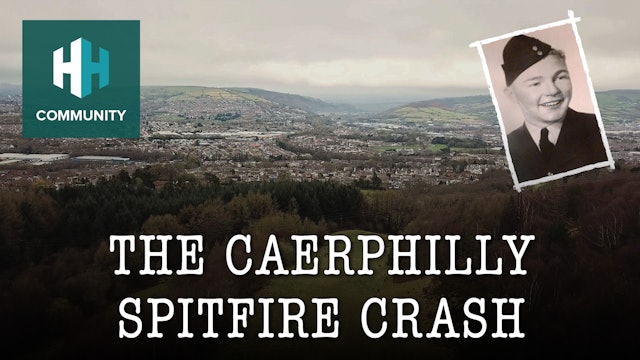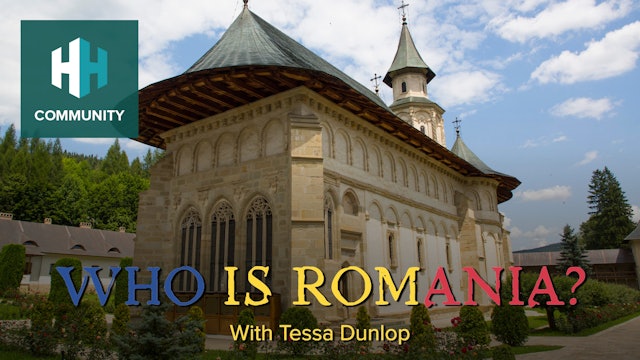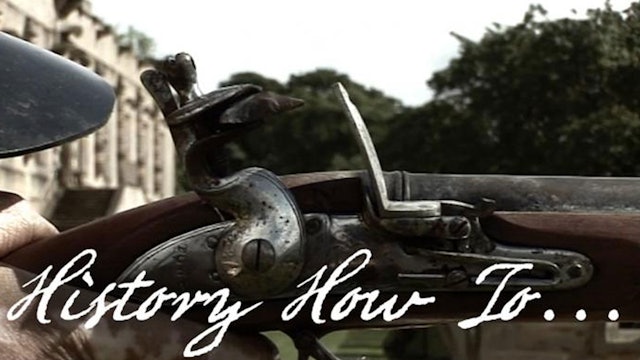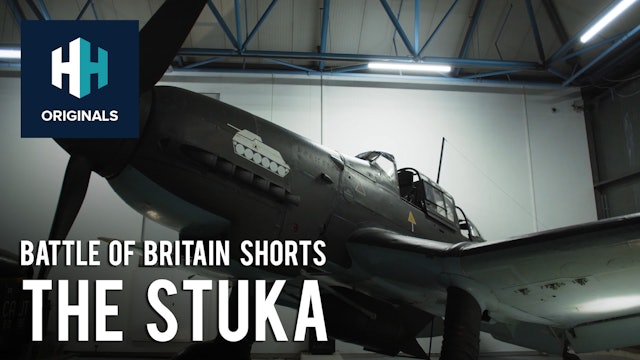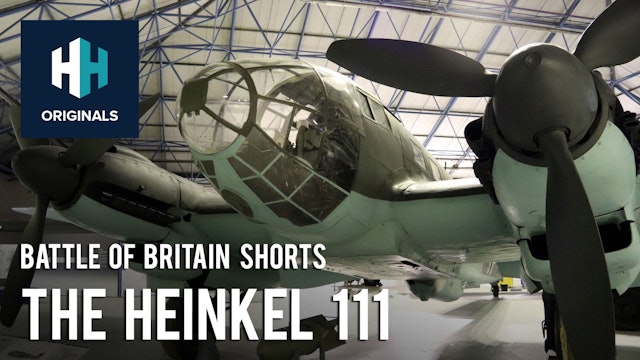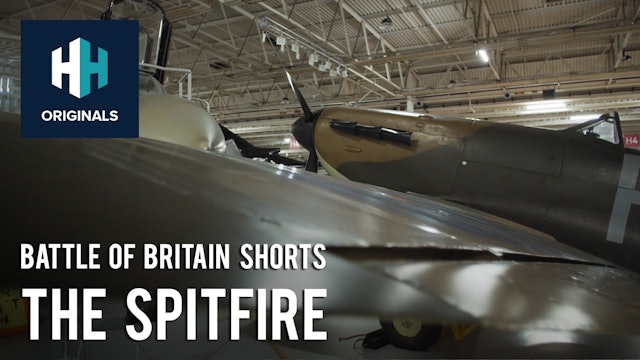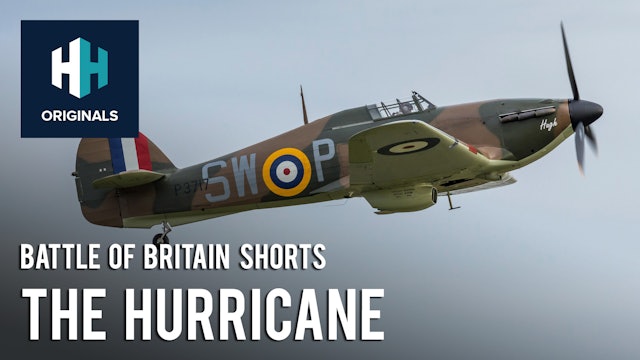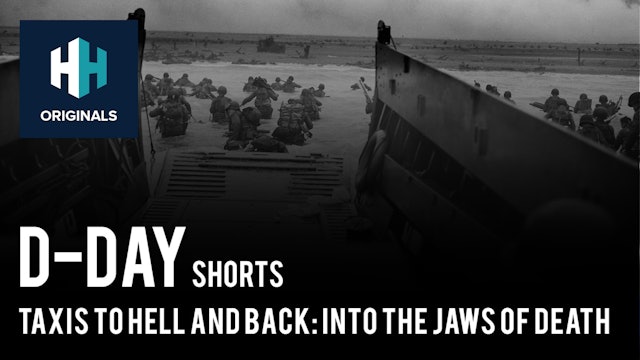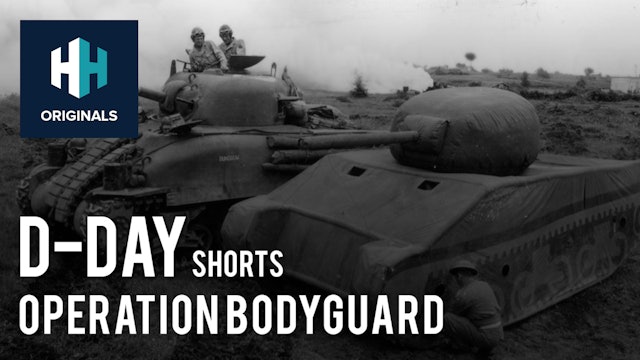Shorts
-
St Helena: Atlantic Paradise
Whale sharks, Diana's Peak, the World's oldest terrestrial animal, an island full of adventure. Dan Snow visited the isolated island of St Helena, the secret jewel of the South Atlantic. Safe streets, pure waters, clear skies – St Helena is a slice of heaven on earth.
-
St Helena: Secret of the South Atlantic
1 season
A series of short films, showcasing the many treasures of St Helena.. Safe streets, pure waters, clear skies – St Helena is a slice of heaven on earth
-
JUNO LV72: Wales' Forgotten D-Day Hero
When driving on the motorway towards Swansea, you’ll get a half a second glimpse of a moored ship in the distance.
In this film, Chris Lloyd investigates and uncovers the heroic past behind Light Vessel 72, which although now forgotten, played a vital role in the largest seaborne invasion in hi...
-
The Dennis Severs' House: A Theatre of the Imagination
Art historian Dan Cruickshank gives Alice Loxton a tour of the Dennis Severs' House in Spitalfields.
-
The Polish Pilots Who Fought for Britain
In the summer of 1940 Britain fought a battle for survival against the might of Hitler’s Luftwaffe. This Battle of Britain would see German air attacks on British airfields, cities, factories and docks. Brave RAF pilots intercepted these raids, but Britain was not alone. Among the RAF and Allied ...
-
9 Remarkable D-Day Photos Colourised by Marina Amaral
Marina Amaral is a Brazilian artist. Her remarkable colourisations of original photographs have been compiled in the recent book The Colour of Time: A New History of the World, 1850-1960, authored with Dan Jones. In this video, some of the most famous photographs of the Allied landings during Ope...
-
Swansea Jack: The Dog who Saved a City
The name Jack is synonymous with the people of Swansea and the supporters are known as The Jack Army.
In this film, Chris Lloyd follows in the footsteps of the city’s four legged hero why the legacy he left behind has not only inspired a generation but has given this city its identity.
This is...
-
The Caerphilly Spitfire Crash
In this short film, Chris Lloyd looks into the story behind the Spitfire that crashed into a Welsh mountain outside the town of Caerphilly during a training flight on 7 November 1941. Lloyd explores how the community of the town came together to remember a man, Canadian pilot Sergeant Ivan Raymon...
-
The Stuka
More famously known as the ‘Stuka’, the Ju 87 is perhaps the most recognisable dive bomber of the Second World War, made famous by its infamous Jericho trumpet. During the Battle of Britain, squadrons of Stukas gained some success destroying ground targets. On 13 August 1940 – Eagle Day – Stukas ...
-
The Heinkel He 111
The Heinkel He 111 was the most numerous bomber which the Luftwaffe deployed during the Battle of Britain. It was capable of storing and delivering large bombs (250kg) and had state-of-the-art gyroscopic sights to improve its accuracy. The He 111 was protected armour plating and self-sealing fuel...
-
The Spitfire
The Spitfire remains one of the most iconic aircraft of the Second World War. Although their turnaround time was longer than the Hurricane (29 minutes), they were faster. This made them a good match for the Messerschmitt bf 109s. In an attack on a German formation, the Hurricanes would focus thei...
-
The Hurricane
Hawker Hurricanes accounted for 60% of German losses in the battle of Britain. They were the most numerous fighter aircraft which the RAF deployed, partly owing to their rapid turn-around time (it took them only 9 minutes to be refuelled and re-armed). Dan Snow provides an overview of the 'workho...
-
Behind the Photograph: Taxis to Hell and Back
At c.7.40am 6 June 1944 Robert F Sargent took one of the most famous photographs from D-Day - and the whole of the Second World War - on a landing craft at Omaha Beach. This is the story behind the photograph.
-
D-Day Deception: Operation Bodyguard
British deception before D-Day was such that it tricked the Germans into concentrating their forces around the Pas-de-Calais, rather than near the beaches of Normandy. Blow up tanks, scarecrow paratroopers and dropping tin foil all contributed to creating a huge diversion and helped secure the be...


